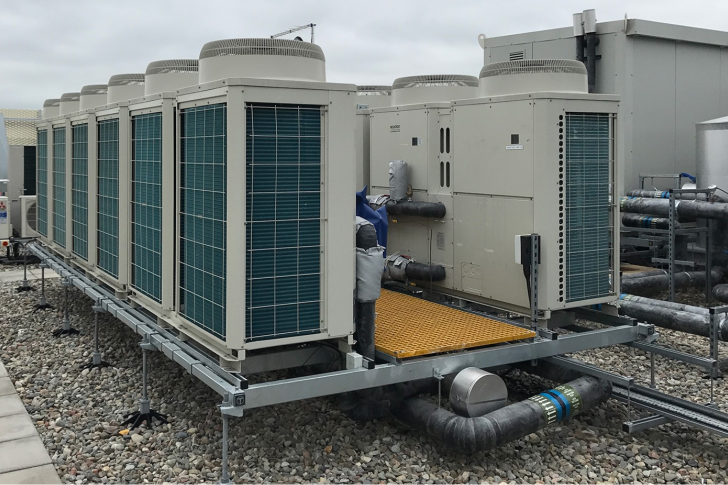How Seniors Can Benefit from Heat Pump Installations
Finding cost-effective heating solutions is crucial for ensuring that seniors live in comfort without the burdensome costs often associated with traditional heating methods. Heat pumps offer a sustainable and efficient alternative to conventional HVAC systems, but their upfront costs can be prohibitive. This article delves into strategies to reduce these costs and implement affordable heat pump systems in senior residences.

The Financial and Environmental Benefits of Heat Pumps
Heat pumps are increasingly recognized for their efficiency and environmental benefits. They operate by transferring heat from the outside air or ground into a building to provide heating and can reverse the process for cooling. This method can be up to three times more energy-efficient than traditional heating methods like furnaces and baseboard heaters.
In terms of costs, while the initial installation of a heat pump system can range between $4,000 to $7,000 (or higher depending on the system size and type), operational savings can offset the initial investment. According to the U.S. Department of Energy, using heat pumps can save individuals up to 50% on their electricity bills compared to electric resistance heating.
Finding Financial Assistance and Incentives
For seniors, who often live on fixed incomes, the initial cost is a significant barrier. However, numerous financial assistance programs and incentives can help:
1. **Energy Tax Credits**: The federal government offers tax credits for energy-efficient home improvements, including the installation of heat pumps. The Nonbusiness Energy Property Credit, for instance, covers 10% of the cost up to $500, or a specific amount from $50 to $300 for various installations.
2. **State and Local Incentives**: Many states and municipalities offer additional rebates and incentives. The Database of State Incentives for Renewables & Efficiency (DSIRE) provides a comprehensive list.
3. **Utility Company Programs**: Some local utility companies offer rebate programs or special discounts for energy-efficient appliance installations.
4. **Department of Energy Weatherization Assistance Program (WAP)**: This program supports low-income households, which can include seniors, in making energy efficiency improvements to their homes.
Choosing the Right Heat Pump Type
The efficiency of a heat pump depends on its type. Here are the common types:
– **Air-source heat pumps** are the most common and generally the least expensive, suitable for mild to moderate climates.
– **Geothermal heat pumps** are more efficient and operate in any climate but come with higher installation costs due to the need to install underground pipes.
– **Ductless, mini-split systems** are suitable for homes without existing ductwork, and they allow for zone heating and cooling, avoiding the energy loss associated with ductwork.
The right choice depends on the climate, the existing heating system, and whether or not there is ductwork in place.
Installation Considerations
Proper installation is crucial for maximizing the efficiency of a heat pump. It’s important to:
– Choose a qualified and experienced contractor. They can provide a thorough assessment of the home’s heating needs and recommend the appropriate system size and type.
– Ensure that the system is correctly sized. An oversized or undersized system can lead to inefficiencies and increased operational costs.
– Consider additional features such as programmable thermostats, which can further enhance energy savings.
Maintenance for Long-Term Savings
Regular maintenance extends the lifespan of the heat pump and ensures it runs efficiently. This includes cleaning filters, checking ducts, and ensuring that the airflow remains unblocked.
Community Initiatives and Group Projects
In some cases, community housing for seniors can benefit from group purchasing deals or community projects. These can significantly reduce the per-unit cost of heat pump systems through bulk buying and shared installation costs.
Conclusion
Adopting heat pump technology in senior housing is not only a step toward sustainability but also a cost-effective solution in the long run. By leveraging government and local assistance programs, choosing the right system type, ensuring proper installation, and maintaining the system effectively, seniors can enjoy the benefits of a reliable, efficient heating and cooling system at a fraction of the cost.







Recent Comments